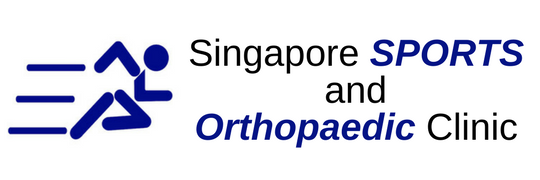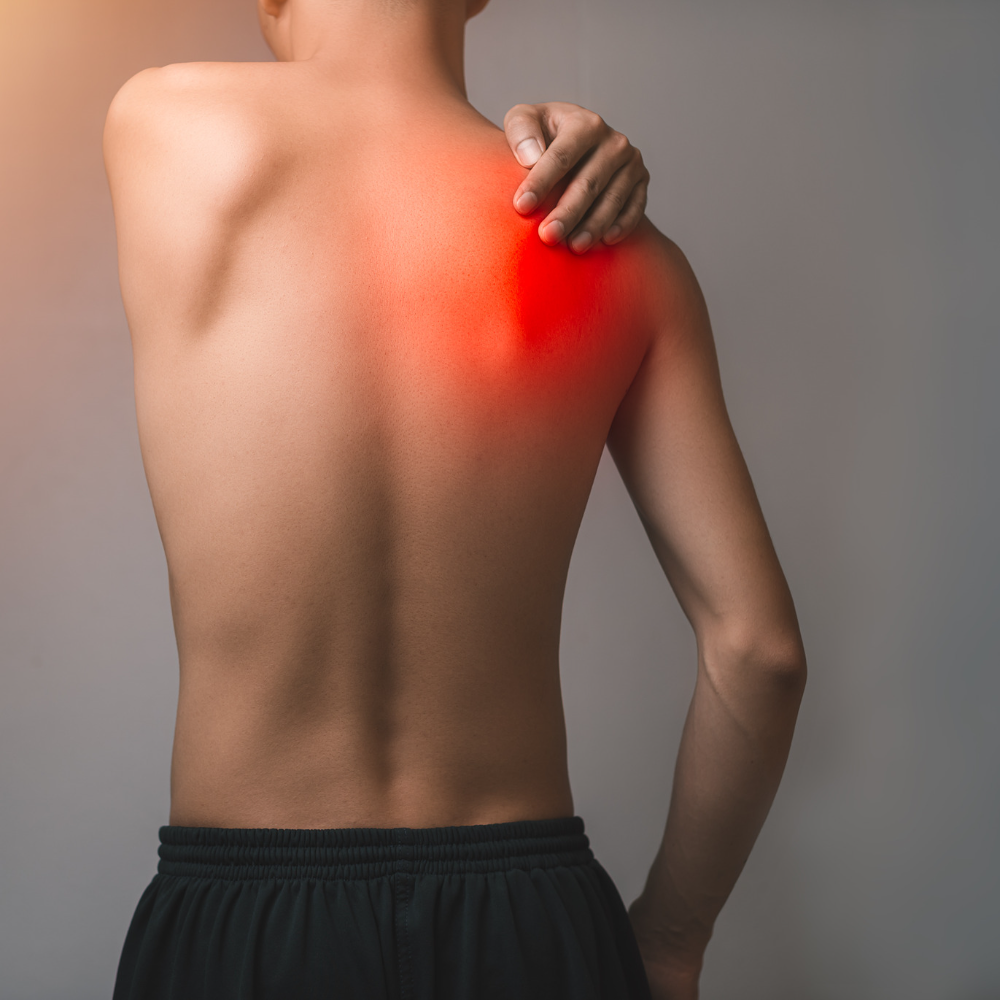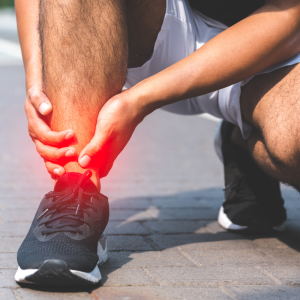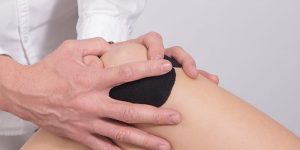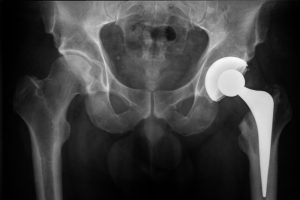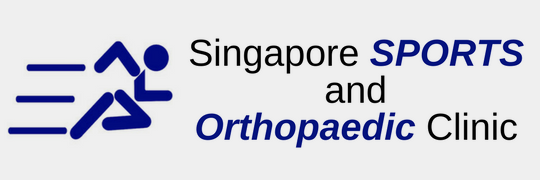What Is A Shoulder Joints Sprain or Strain?
A shoulder joints sprain or strain refers to the tearing of ligaments (sprain) or muscles (strain) in the shoulder. The shoulder ligaments are tough bands of tissue that connect the scapula (shoulder blade), acromion (bony knob on the scapula), clavicle (collarbone), and sternum (breastbone) within the shoulder joint.
Although shoulder muscles and ligaments are strong, a shoulder sprain or strain is not a common injury.
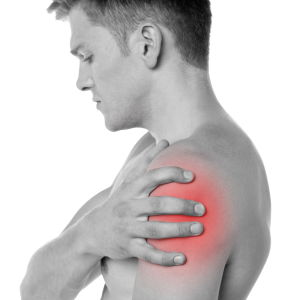
Causes of shoulder joints sprain or strain include:
- The backward force is applied to the arm, which stretches the shoulder ligaments and leads to tears in the front of the shoulder.
- Direct falls on the shoulder.
- Car accidents.
- Sports injuries where the shoulder is directly impacted.
- Blows to the shoulder blade.
Various factors contribute to the risk of shoulder strains or sprains, such as:
- Participation in sports involving repetitive shoulder movements.
- Fatigue, which increases the likelihood of overextending the shoulder.
- Inadequate warm-up before physical activity.
Symptoms of a shoulder strain or sprain vary based on the severity of the injury and can range from mild to severe.
Symptoms may include:
- Pain at the front of the joint.
- Tenderness when pressing on the injured area.
- Rapidly developing swelling.
- Inability to move the shoulder.
- Instability in the shoulder joint (severe strains or sprains).
Diagnosing a shoulder strain or sprain requires a thorough examination by a doctor. In some cases, an MRI may be necessary to assess the severity and location of the injury.
Nonsurgical treatments are typically effective for most shoulder strains or sprains and may involve:
- Rest.
- Use of a sling.
- Application of ice.
- Anti-inflammatory medication.
- Physical therapy and rehabilitation to strengthen the shoulder and improve the range of motion.
- Electrotherapy treatments, such as ultrasound or laser therapy, reduce pain and inflammation.
- PRP therapy involves concentrating platelets from the patient’s blood and injecting them into the affected area to accelerate healing.
Recovery time for a shoulder strain or sprain depends on the severity:
- Mild to moderate cases may allow a return to normal activities within one to two weeks.
- Moderate cases may require six to eight weeks before resuming day-to-day shoulder activities.
- Severe cases may experience initial improvement within four to six weeks but require three to five months of rehabilitation before resuming full shoulder activity. This extended recovery period is particularly crucial for athletes participating in contact sports due to the higher risk of re-injury.
Schedule an Appointment with an Orthopaedic Specialist today. Call or text us for more details.

